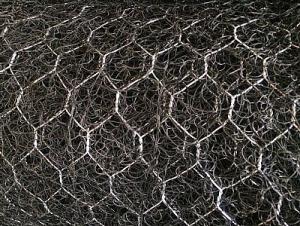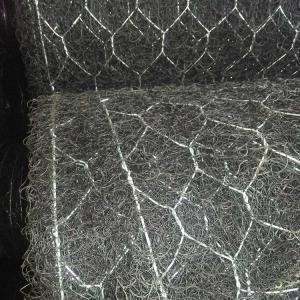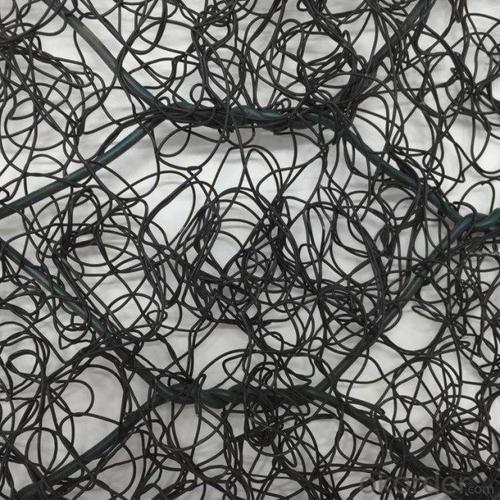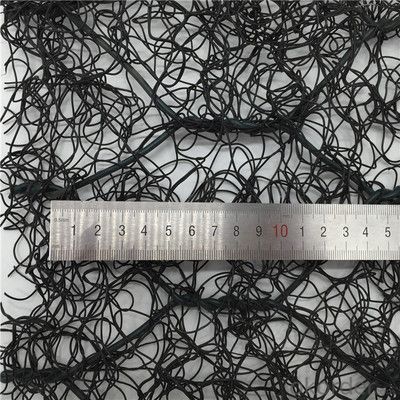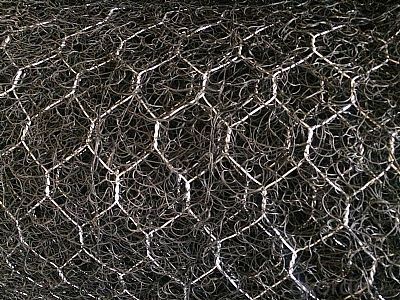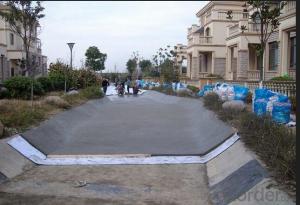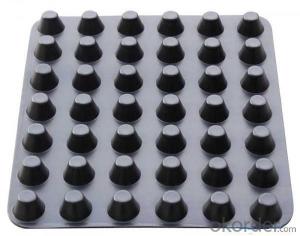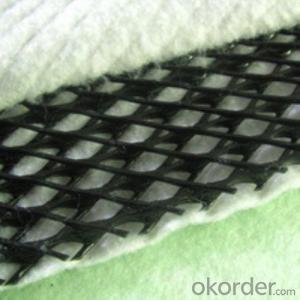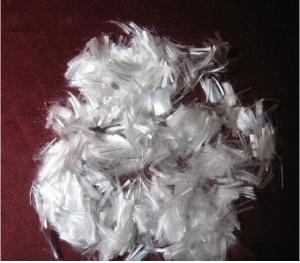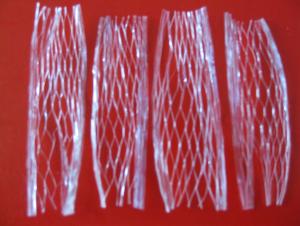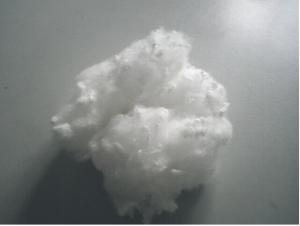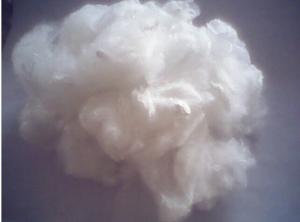Reinforced Mike Mat for Slope Protection
- Loading Port:
- Qingdao
- Payment Terms:
- TT or LC
- Min Order Qty:
- 1000 m²
- Supply Capability:
- 500000 m²/month
OKorder Service Pledge
OKorder Financial Service
You Might Also Like
Introduction of Reinforced Mike Mat for Slope Protection
The reinforced Geomat is PP mesh mat composited with wire mesh, which is galvanized in case of erosion control.
The structure allows enough space for keeping the soil and grass growing. It is malleable to suite the structure changing, and also easy to install.
It can be widely used to Road bed, Rail way, Slope protection, Sea coast protection & erosion control and Channel.
Technical Data Sheet of Reinforced Mike Mat for Slope Protection
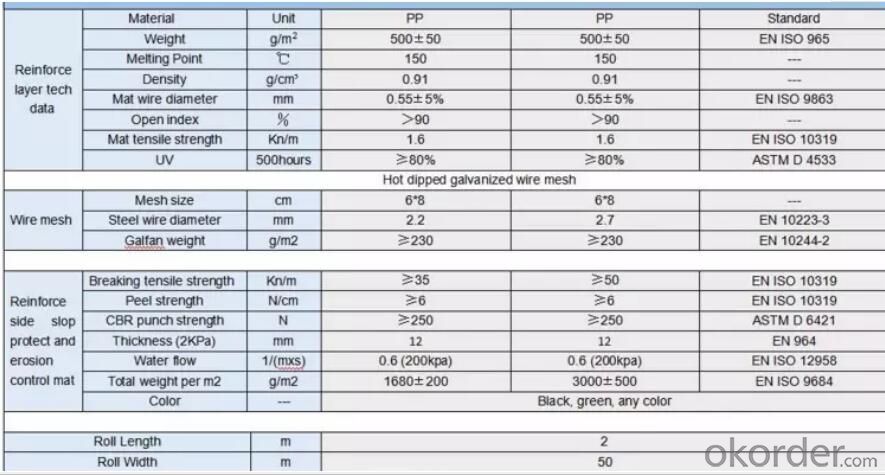
Features of Reinforced Mike Mat for Slope Protection
Anti-washout, can be widely used in slope surface anti-washout protection.
Water permeable,the aperture of Mike Pad help to diacharge the water of soil.
Plantable,The Mike pad creates the conditions for water flow , which makes plants can grow.
Long service time,Economical,Easy construction
Application of Reinforced Mike Mat for Slope Protection
a) Public / railway embankment, embankment, cutting, bridge abutments
b) Landslides, mudslides and control engineering
c) Inland port, coastal protection, urban construction of retaining structures, river training works


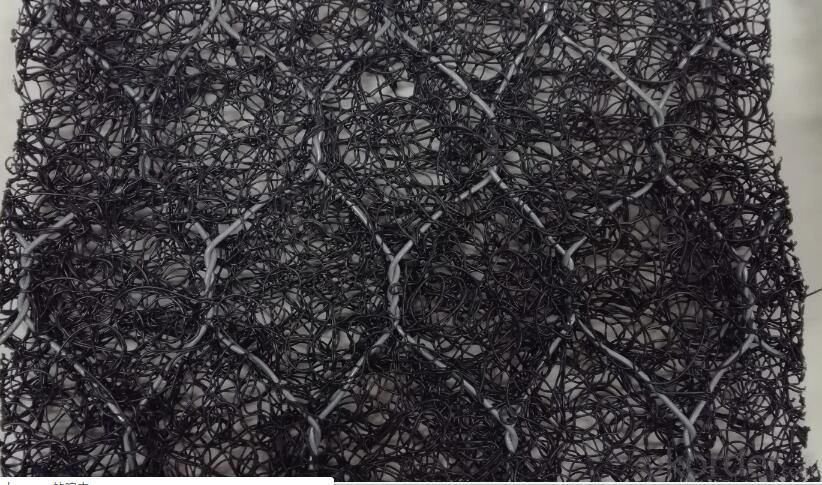
- Q: Can geotextile tubes be used for shoreline protection?
- Yes, geotextile tubes can be used for shoreline protection. Geotextile tubes are specially designed containers made of high-strength geotextile fabric that are filled with sand, sediment, or other materials. They are commonly used as a cost-effective and environmentally friendly solution for erosion control, shoreline stabilization, and coastal protection. The tubes act as barriers, absorbing wave energy and reducing shoreline erosion. Additionally, they can be easily installed, removed, and are adaptable to various shoreline conditions, making them a suitable option for shoreline protection.
- Q: Are earthwork products suitable for constructing underground tunnels?
- Yes, earthwork products are suitable for constructing underground tunnels. Earthwork products such as excavators, bulldozers, and backhoes are commonly used in tunnel construction to excavate the soil and rock, create access points, and shape the tunnel walls. These machines help in removing the earth and creating a stable foundation for the tunnel, making earthwork products an essential component in tunnel construction projects.
- Q: What are the different applications of geogrids in road and railway construction?
- Geogrids are extensively used in road and railway construction for various applications. They are primarily used in the reinforcement of soil, providing stability and increasing load-bearing capacity in these infrastructure projects. Geogrids are commonly used in the construction of embankments, retaining walls, and slopes, where they prevent soil erosion and improve overall stability. Additionally, geogrids are employed in the construction of reinforced road and railway foundations, enhancing the performance and durability of these structures. Overall, geogrids play a crucial role in enhancing the strength and stability of road and railway constructions, ensuring safer and more reliable transportation networks.
- Q: How are geosynthetic materials used in athletic field construction?
- Geosynthetic materials are commonly used in athletic field construction to enhance the performance, durability, and stability of the playing surface. They are used as base reinforcement, providing strength and preventing soil movement. Additionally, geosynthetics are used as drainage systems, allowing for efficient water management and preventing waterlogging. These materials also aid in soil stabilization, reducing the risk of surface irregularities and improving player safety. Overall, geosynthetics play a crucial role in ensuring the longevity and quality of athletic fields.
- Q: How do earthwork products contribute to air quality improvement?
- Earthwork products such as soil, plants, and mulch contribute to air quality improvement through various mechanisms. Soil acts as a natural filter, trapping pollutants and preventing them from entering the air. Plants absorb carbon dioxide and release oxygen through photosynthesis, thereby reducing the levels of greenhouse gases in the atmosphere. Additionally, trees and vegetation help mitigate urban heat island effect, reducing energy consumption and air conditioning needs, which in turn decreases the emission of air pollutants from power plants. Furthermore, the use of mulch can help minimize soil erosion and dust generation, preventing particulate matter from polluting the air. Overall, earthwork products play a crucial role in enhancing air quality and creating healthier environments.
- Q: Can corrugated metal pipes be used as culverts?
- Yes, corrugated metal pipes can be used as culverts. They are commonly used due to their durability, strength, and cost-effectiveness. Corrugated metal pipes provide efficient water flow and are suitable for various applications, including culverts for roads, railways, and stormwater management systems.
- Q: Are earthwork products resistant to cracking and warping?
- Yes, earthwork products are typically resistant to cracking and warping. Due to their composition and construction process, these products are designed to withstand environmental stresses and maintain their structural integrity over time.
- Q: What are the benefits of using earthwork products?
- There are several benefits of using earthwork products. Firstly, these products are highly durable and can withstand heavy loads, making them ideal for construction projects. Secondly, earthwork products are cost-effective as they can be sourced locally, reducing transportation costs. Additionally, these products are environmentally friendly as they are made from natural materials, minimizing their carbon footprint. Moreover, earthwork products are versatile and can be used for various applications such as erosion control, landscaping, and drainage systems. Overall, using earthwork products provides a sustainable and efficient solution for various construction and landscaping needs.
- Q: Are earthwork products suitable for use in road construction?
- Yes, earthwork products are suitable for use in road construction. These products, such as soil, gravel, and other materials, provide a solid foundation for road surfaces and help with drainage and stability. They are widely used in the construction of roads to create a safe and durable transportation infrastructure.
- Q: How do earthwork products contribute to landfill liner construction?
- Earthwork products such as clay, geomembranes, and geotextiles play a crucial role in landfill liner construction. Clay is often used as a natural barrier due to its low permeability, preventing contaminants from seeping into the ground. Geomembranes, made from synthetic materials, provide an additional impermeable layer to further prevent leakage. Geotextiles, on the other hand, act as a separation and filtration layer, preventing the mixing of different materials and allowing for proper drainage. Together, these earthwork products ensure the integrity and effectiveness of landfill liners, minimizing the risk of environmental contamination and safeguarding the surrounding ecosystem.
Send your message to us
Reinforced Mike Mat for Slope Protection
- Loading Port:
- Qingdao
- Payment Terms:
- TT or LC
- Min Order Qty:
- 1000 m²
- Supply Capability:
- 500000 m²/month
OKorder Service Pledge
OKorder Financial Service
Similar products
Hot products
Hot Searches
Related keywords


